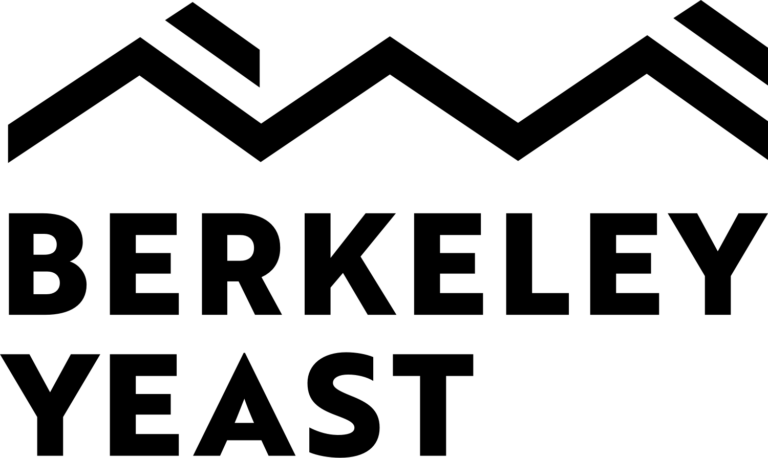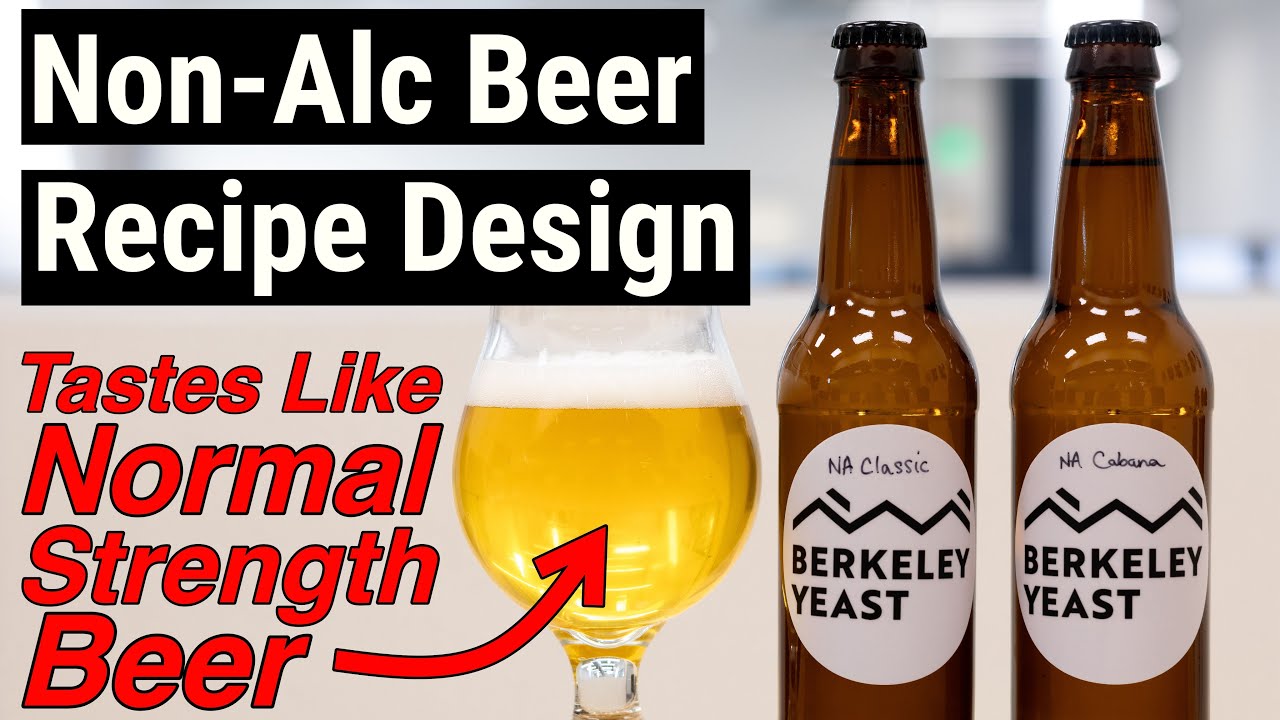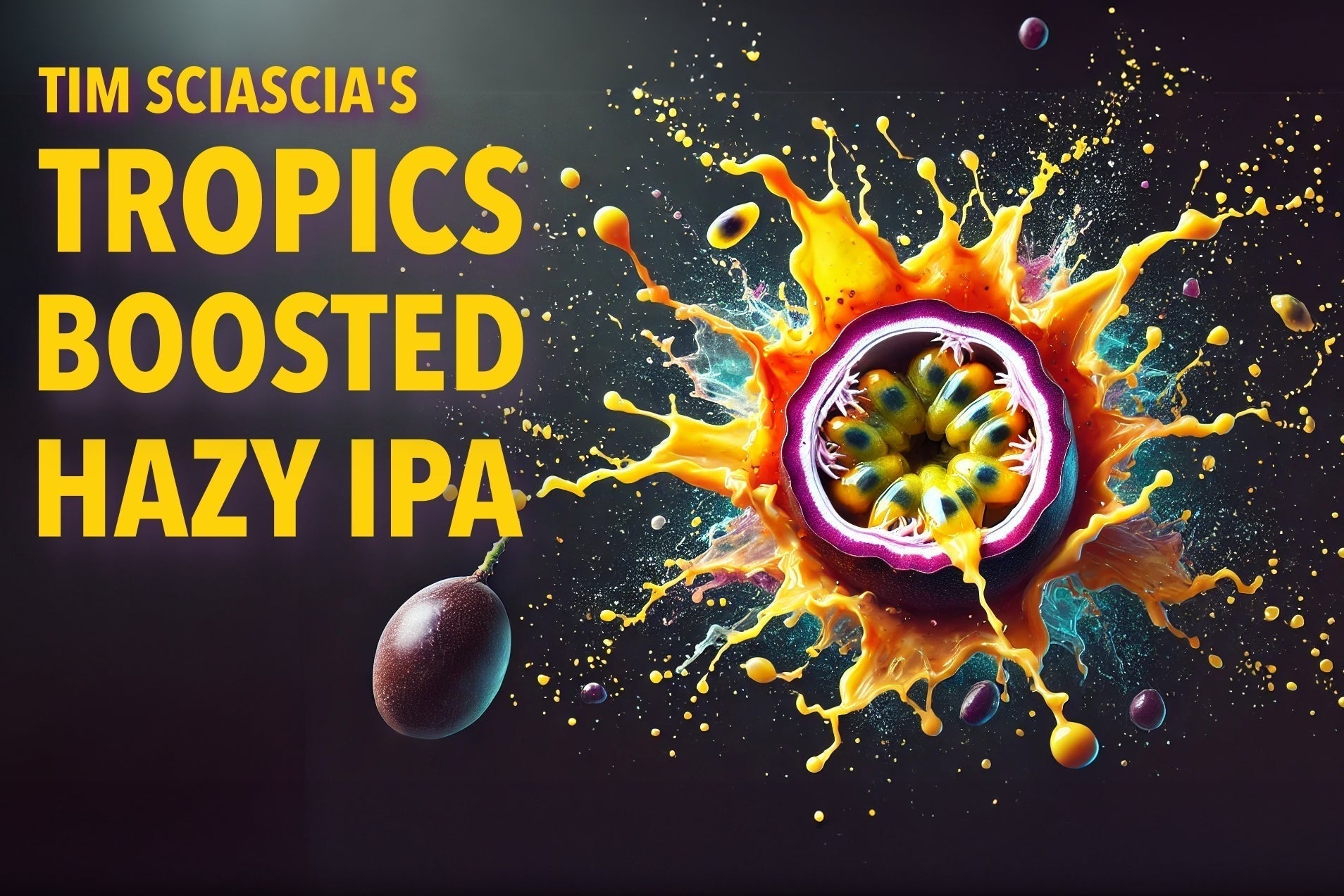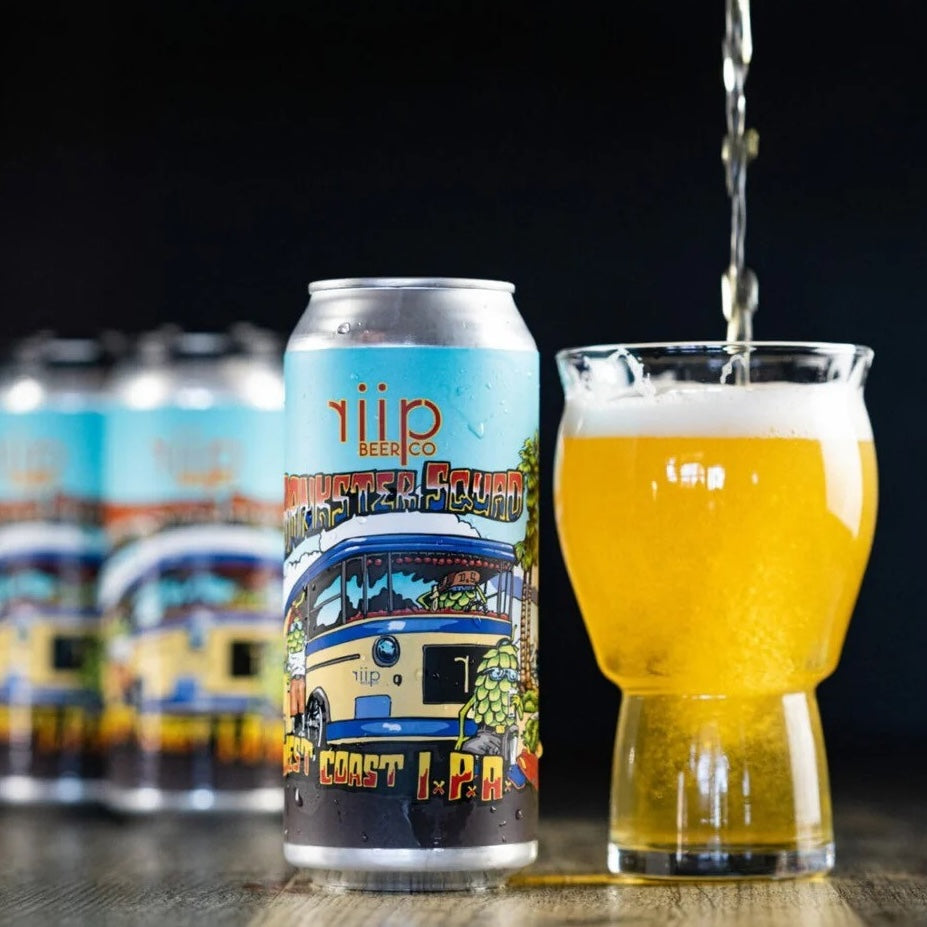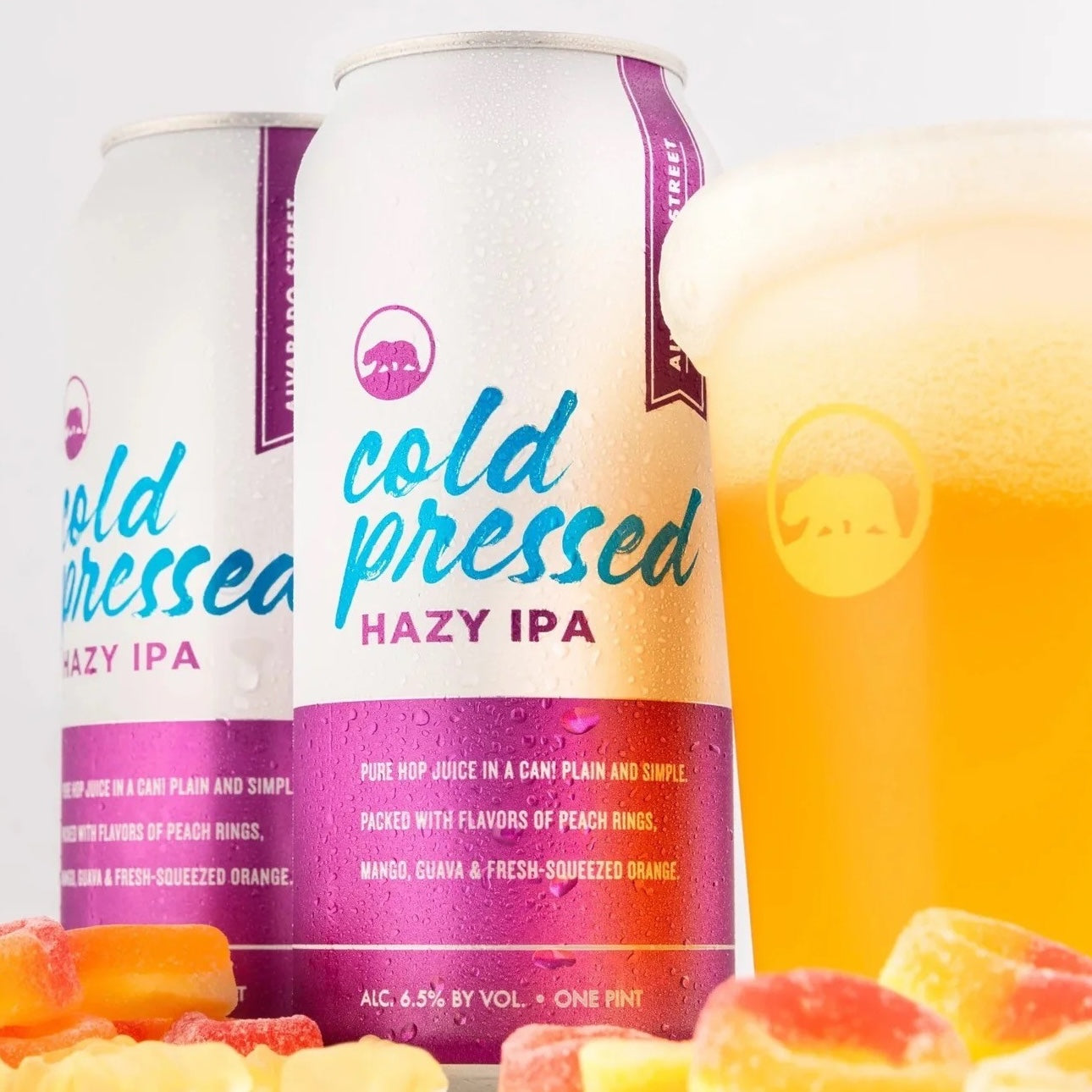Hey there, fellow brewers and beer enthusiasts! My name is Tim Sciascia, Co-founder and former Director of Brewing at Cellarmaker Brewing Co. in California. I've recently joined the team at Berkeley Yeast. With over 16 years in the brewing industry and 5 years experience fermenting with yeast from Berkeley Yeast, I have immense trust in our products. Today, I want to dive into how our bioengineered yeasts are transforming the brewing landscape, making your beer cleaner, more expressive, less expensive, and simply better.
The Future is Fresh™
Berkeley Yeast is at the forefront of fermentation science, creating yeasts that improve both the aroma and flavor of your brews. Among our cutting-edge innovations are the Fresh strains: including Chico, London, and Andechs Lager. These strains are specifically engineered to produce high quantities of the enzyme ALDC (alpha acetolactate decarboxylase), ensuring super low diacetyl levels throughout your brewing process. This leads to cold conditioning sooner and faster packaging times, enhancing the overall cellaring experience.
Why Not Stick with Manufactured ALDC Products?
You might be wondering why you shouldn't continue employing the manufactured ALDC products that have served you well so far? While ALDC has been a helpful tool, adding it manually presents several challenges. I've experienced variability in enzyme effectiveness due to poor manufacturing or improper storage, but most often resulting from suboptimal beer pH. These issues can lead to increased dosing rates which raises costs and results in inconsistent beer quality.
Research Backed Results
To illustrate our point, let's consider an experiment conducted by our scientists at Berkeley Yeast. They examined how different yeast treatments and ALDC levels impact diacetyl levels. Using a specific recipe to maximize diacetyl production, they tested four conditions: Chico yeast with no ALDC, Chico yeast with purified ALDC at knock-out, Chico yeast with ALDC at dry hop, and Fresh Chico yeast with built-in ALDC expression. The results were conclusive. While both Fresh Chico and purified ALDC reduced diacetyl during primary fermentation, only Fresh Chico continued reducing diacetyl after dry hopping.
Human Error? Not an Issue
Mistakes happen — whether it's being diacetyl blind, accidental forgetfulness, or missed memos — these can lead to beer being dumped or recalled. With our robust Fresh strains, human error is minimized. They adapt to process and staffing variations, producing incredible beer consistently.
Elevating Brewing Standards
Fresh strains aren't just about quality consistency—they elevate your brewing. Using Fresh Andechs Lager, for example, eliminates the need for elevated diacetyl rests. Brew at a lower temperature and stay there. Spund your tanks and capture more CO2 for plenty of natural CO2 uptake. If hoppy styles are your focus, the ultra low diacetyl levels from Fresh Chico and London strains will enhance citrus, tropical, and dank hop aromas.
Make the Smart Choice
Berkeley Yeast is advancing the brewing industry with innovation that bridges state of the art genetic science and the yeast you already know and love. Embrace our Fresh technology to eliminate diacetyl issues and free your attention for other brewing challenges. Next time you go to order yeast, choose strains with greater potential to transform your brewing capabilities.
Here's to better beer, every time!
